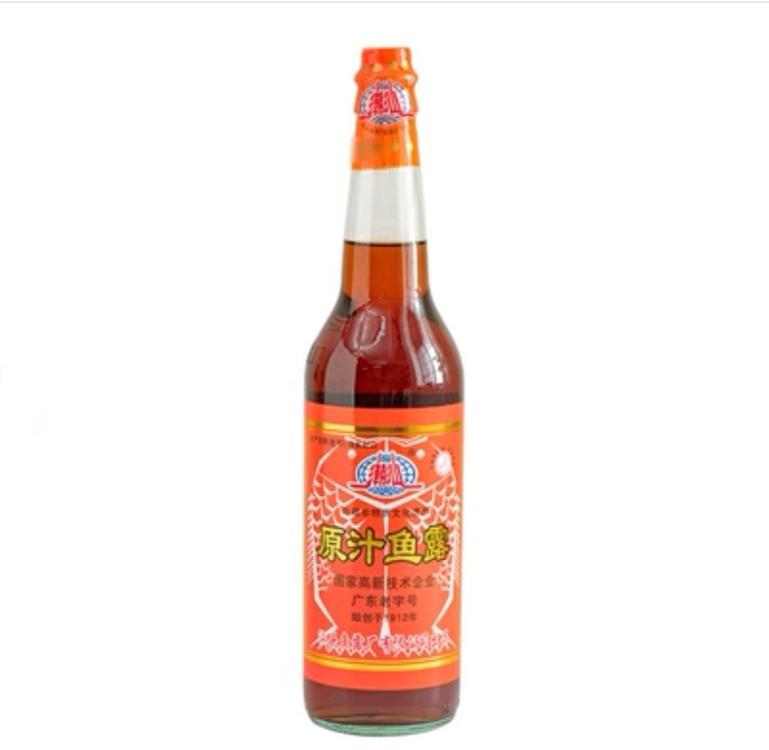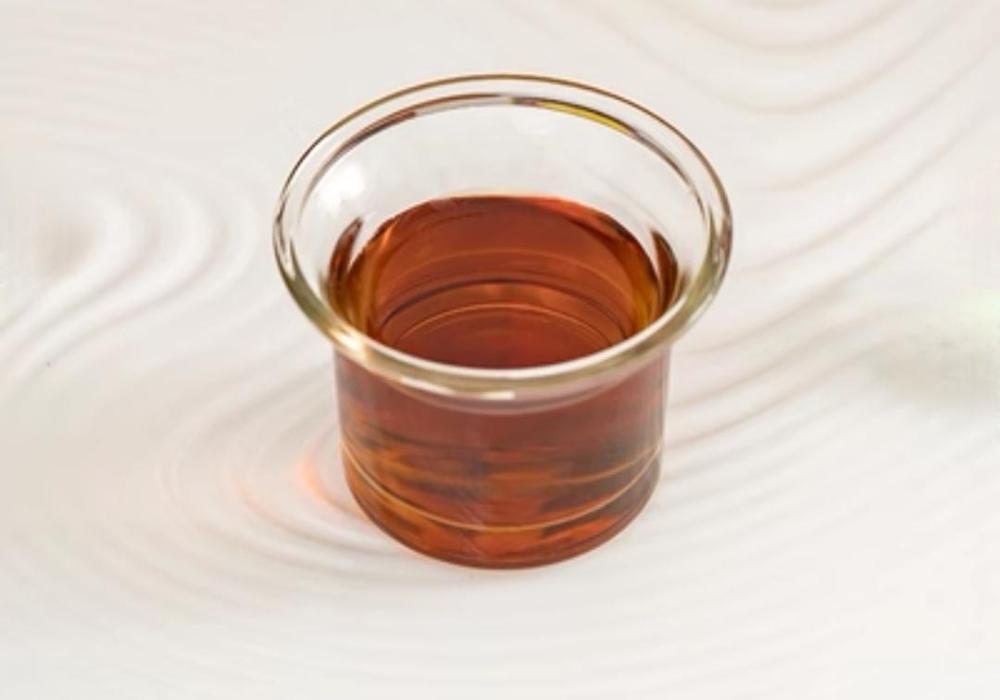First recorded in China in the 7th century CE, fish sauce was once much more common across East Asia, but fell out of favour and was replaced by soy sauce when that became the seasoning of choice in China, Japan and other Asian countries.
Fish sauce remained dominant mainly in S.E Asia, but pockets of resistance to soy remained in places today less well known for fish sauce use.
Also, in recent years there has been a revival of interest and small producers are popping up from Japan to China and beyond.
One pocket is 潮汕 (cháo shàn), an area comprised of 潮州 (cháo zhōu), Chaozhou and 汕头 (shàn tóu) Shantou cities and surrounding districts in Guangdong Province of China.
The area is home to the Teochew people (they call themselves Chiu Chau) who have their own culture, language and cuisine.
The cuisine, somewhat unfairly considered a subset of Cantonese cuisine, is well known internationally. If you've ever eaten an oyster omelette in a Cantonese restaurant, you've eaten Teochew food.
They are noted for their seafood dishes. 潮汕砂锅粥 (cháo shàn shā guō zhōu), Chaoshan Sand Pot Congee with seafood is my death row final breakfast choice. Also, beef is often a common protein here, more so than generally in Cantonese cuisine.
In 2021, 菁禧荟 (jīng xǐ huì) became the first Chaoshan restaurant to be awarded a Michelin star. Unfortunately, the restaurant is in Shanghai. Michelin inspectors seldom venture out if their comfort zone.
But the main point here is that Chaoshan uses fish sauce!
潮汕鱼露 (cháo shàn yú lù), Chaoshan fish sauce is legendary but extremely difficult to find outside the area - it isn't even easy in China. I have to ask a friend who lives near Chaoshan to send me some, but she struggles, too.
Aged for between one and five years and lighter in colour than many fish sauces, it is used to season not only seafood dishes but to add salinity and umami to all kinds of dishes.
5-year-old Chaoshan fish sauce - image from manufacturer.
If I ever find it locally, I'll buy the store's entire stock. It keeps for years but I'll probably be back at the store in months, begging for more.







